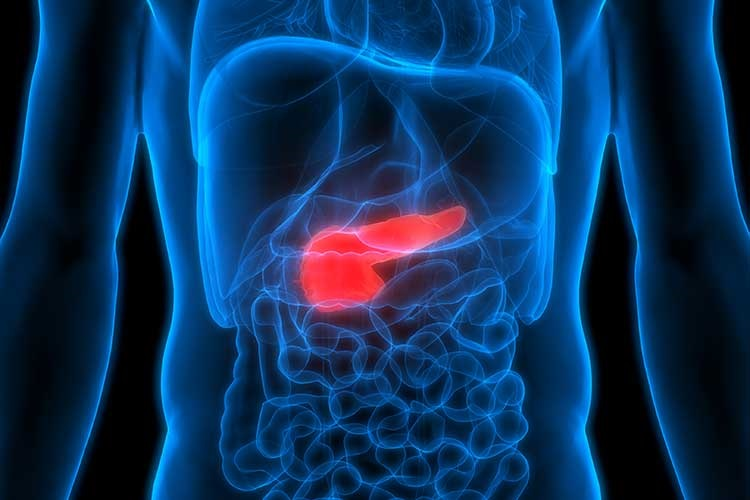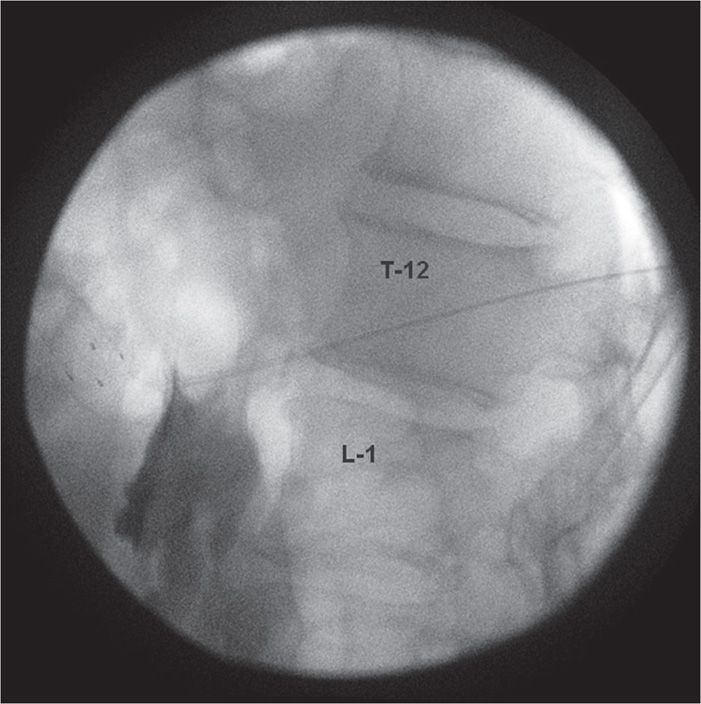Mitigate Pain Clinic – Dr Jeshnu Tople – Pain Management Specialist In Nagpur
Celiac Plexus Neurolysis for Abdominal Pain
Celiac Plexus Neurolysis A Powerful Solution for Abdominal Pain Relief
Introduction to Celiac Plexus Neurolysis
What is the Celiac Plexus?
The celiac plexus is a complex network of nerves located in the upper abdomen. These nerves play a vital role in transmitting pain signals to the brain from the abdominal organs, including the stomach, liver, pancreas, intestines and kidneys. When these nerves are overstimulated due to chronic conditions, they can cause severe abdominal pain. Pain signals can get interrupted by neurolysis of celiac plexus which provides significant pain relief.
Understanding Celiac Plexus Neurolysis
Celiac Plexus Neurolysis is a minimally invasive procedure requiring only needle prick and designed to disrupt the nerves responsible for transmitting pain from the abdominal region. This is achieved by injecting medical grade alcohol or phenol directly into the celiac plexus, effectively blocking the painful signals and providing long-term pain relief.


Conditions Treated by Celiac Plexus Neurolysis
Celiac Plexus Neurolysis is highly effective for managing pain related to:
- Pancreatic cancer: This is one of the most common reasons for celiac plexus neurolysis, as pancreatic cancer often causes intense abdominal pain.
- Pancreatitis: Patients suffering from pancreatitis can experience severe and persistent pain, which may not be adequately managed by medications alone.
- Gastrointestinal cancer: Celiac Plexus Neurolysis can help reduce pain associated with gastrointestinal cancer.
- Abdominal tumors: Other abdominal tumors affecting organs like the liver and kidney can cause pain that Celiac Plexus Neurolysis helps alleviate.
- Abdominal pain from other non-cancerous conditions that have not responded to traditional pain treatments.
At Mitigate Pain Clinic, our interventional pain specialist assesses each patient thoroughly to determine if Celiac Plexus Neurolysis is the right choice based on their unique condition and pain severity.



How Celiac Plexus Neurolysis Works
The Procedure: What to Expect
The Celiac Plexus Neurolysis procedure is relatively simple and typically performed on a day-care basis. Here’s what to expect:
- Preparation: The patient is positioned lying with face down and local anesthesia is applied to numb the area where the needle will be inserted.
- Imaging Guidance: To ensure precision, a pain specialist uses CT scans or X-ray (fluoroscopy) to locate the celiac plexus.
- Injection: A needle is inserted through the back into the abdominal region and the neurolytic agent is injected around the celiac plexus.
- Post-Procedure Monitoring: Patients are monitored for a short period after the procedure to ensure there are no immediate side effects.

Risks and Side Effects of Celiac Plexus Neurolysis
While Celiac Plexus Neurolysis is generally safe, it does carry some risks, including:
- Temporary low blood pressure
- Diarrhea or nausea
- Pain at the injection site
- Rarely, nerve damage or internal bleeding
At Mitigate Pain Clinic, our experienced team takes every precaution to minimize these risks and ensure the procedure is both safe and effective.
Benefits of Celiac Plexus Neurolysis at Mitigate Pain Clinic
- Expertise in Pain Management
- Comprehensive Evaluation
- Personalized Care
- Targeted Treatment Approach
- Advanced Technology